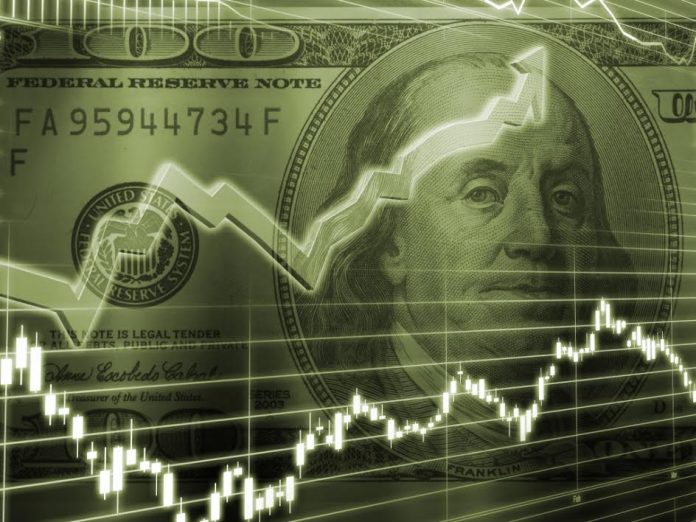
NEW YORK: The U.S. dollar rose broadly on Friday as U.S. job growth surged in August, but investors remained jittery about a possible escalation of the U.S.-Chinese trade conflict as U.S. President Donald Trump threatened China with more tariffs.
U.S. job growth accelerated in August and wages increased the most annually in more than nine years, the U.S. Labor Department reported, offering the clearest signs yet that the economy has so far weathered the Trump administration’s escalating trade war with China.
Strengthening wage growth underscores tight labour market conditions and cements the likelihood of a third interest rate increase from the Federal Reserve this year when policymakers meet on Sept. 25-26.
The Federal Reserve should keep raising U.S. interest rates in light of Friday’s strong jobs report, Dallas Fed President Robert Kaplan said on Friday.
The euro was 0.5 percent lower against the greenback, while the dollar rose 0.29 percent against the Japanese yen.
U.S. benchmark Treasury yields rose on Friday to their highest in almost a month.
The dollar’s near-term path would be dictated by steps the Trump administration takes on trade tariffs, analysts said.
President Trump warned on Friday that he has tariffs ready to go on $267 billion worth of Chinese imports in addition to the $200 billion of the Asian nation’s goods already facing the risk of duties.
The Australian dollar skidded to more than 2-1/2-year low following weak home loan data and as trade-related tensions continued to pressure commodity-linked currencies.
The New Zealand dollar slipped to its lowest against the dollar since February 2016.
Sterling GBP briefly rose to a one-week high on news European Union negotiator Michel Barnier told British lawmakers earlier this month that he wanted to discuss with the UK how to solve the Irish border problem, a major issue in Britain’s withdrawal from the EU. The British currency, however, surrendered those gains to trade little changed on the day.






